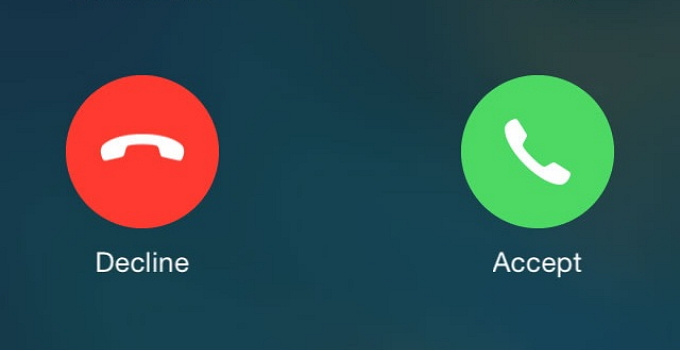

Lorem Ipsum comes from sections 1.10.32 and 1.10.33 of “de Finibus Bonorum et Malorum” (The Extremes of Good and Evil) by Cicero, written in 45 BC. Richard McClintock, a Latin professor at Hampden-Sydney College in Virginia, looked up one of the more obscure Latin words, consectetur, from a Lorem Ipsum passage, and going through the cites of the word in classical literature, discovered the undoubtable source.
#Aplikasi adalah software#
It was popularised in the 1960s with the release of Letraset sheets containing Lorem Ipsum passages, and more recently with desktop publishing software like Aldus PageMaker including versions of Lorem Ipsum. It has survived not only five centuries, but also the leap into electronic typesetting, remaining essentially unchanged.

Lorem Ipsum has been the industry’s standard dummy text ever since the 1500s, when an unknown printer took a galley of type and scrambled it to make a type specimen book. We’re always iterating on the EC-1 format.Lorem Ipsum is simply dummy text of the printing and typesetting industry.

#Aplikasi adalah series#
The EC-1 series editor is Danny Crichton. The assistant editor for this series was Ram Iyer, the copy editor was Richard Dal Porto, and illustrations were drawn by Nigel Sussman. The lead editor of this EC-1 was Kirsten Korosec, transportation editor at TechCrunch (that’s me), who has been writing about autonomous vehicles and the people behind them since 2014 OK maybe earlier. In 2014, he was a Knight Science Journalism Fellow at MIT, and in 2015 he won the AAAS Kavli Science Journalism Gold Award. He has broken stories about self-driving vehicles, giant airships, AI body scanners, faulty defibrillators and monkey-powered robots. Our resident scoop machine, Harris is based in Seattle and also writes for Wired, The Guardian, The Economist, MIT Technology Review and Scientific American. The lead writer of this EC-1 is Mark Harris, a freelance reporter known for investigative and long-form articles on science and technology. This series aims to look under Nuro’s hood, so to speak, from its earliest days as a startup to where it might be headed next - and with whom. Those quiet days might be coming to an end soon. Perhaps it’s because Nuro’s focus on autonomous delivery hasn’t captured the imagination of a general public that envisions themselves being whisked away in a robotaxi. Yet, Nuro has remained largely in the shadows of other autonomous vehicle companies. And, they seem to have navigated the regulatory obstacle course with success - at least so far. Their company, Nuro, is valued at $5 billion and has high-profile partnerships with leaders in retail, logistics and food including FedEx, Domino’s and Walmart. Little did I know that two of the people behind Firefly’s ability to see and perceive the world around it and react to that information would soon leave to start and steer an autonomous vehicle company of their very own.ĭave Ferguson and Jiajun Zhu aren’t the only Google self-driving project employees to launch an AV startup, but they might be the most underrated. Six years ago, I sat in the Google self-driving project’s Firefly vehicle - which I described, at the time, as a “little gumdrop on wheels” - and let it ferry me around a closed course in Mountain View, California.


 0 kommentar(er)
0 kommentar(er)
